The blood test includes many indicators, one of which is hemoglobin. Seeing strange figures, many parents start to panic. What is hemoglobin and what are its norms for children, we learn below.
Content of
- What should hemoglobin be in a child?
- Hemoglobin level in children by age, table
- Hemoglobin in premature infants
- Symptoms and causes, treatment of high hemoglobin in children
- Symptoms of low hemoglobin in children
- What causes a decrease in hemoglobin in children? Causes of
- Products that raise hemoglobin
- Medications and preparations for the normalization of hemoglobin in children
- Video. Low hemoglobin
Hemoglobin is an iron-containing blood protein that is found in red blood cells. Its main role is to perform gas exchange between lung cells, delivering oxygen and taking carbon dioxide.
Also hemoglobin is involved in metabolism. The level of this protein as a whole determines the functioning of the body, so any deviation from the norm leads to the development of serious diseases. Thanks to the iron atoms in the hemoglobin, our blood becomes red.
Gender and age determine the norms of hemoglobin level, in women, men and children it is different. Up to 12 years, the floor has no influence.
What should be the hemoglobin in a child?
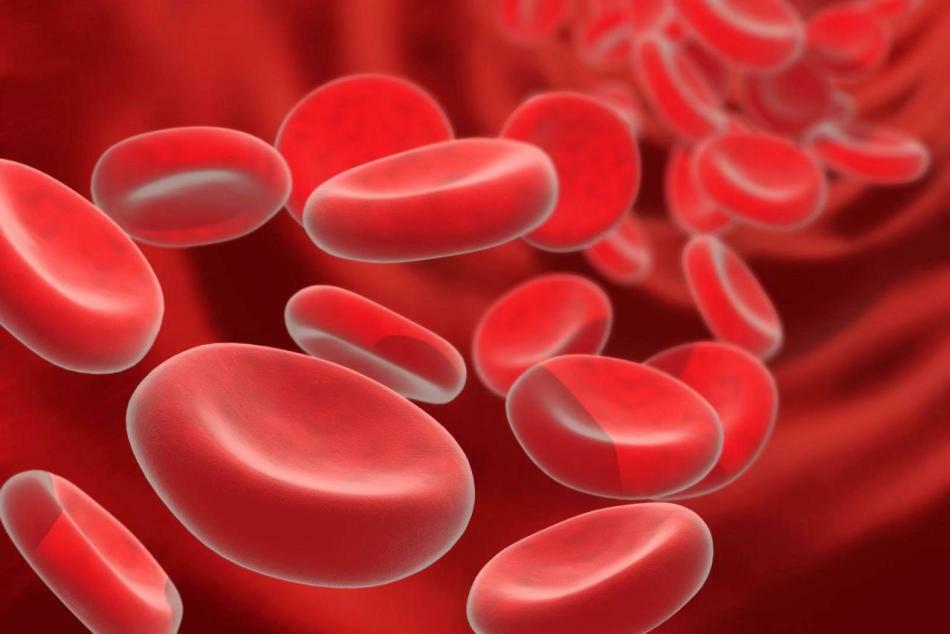 Erythrocytes
Erythrocytes The hemoglobin of children differs depending on the age group. Infants have the highest level, which is normalized to the year of his life( replacement of fetal hemoglobin for glycolyzed).In a one-year-old child, the norm of hemoglobin is 110 g / l, from 1-3 years the level should not exceed 120 g / l.
Hemoglobin level in children by age, table
| Age | Level, g / l | Mean, g / l |
| Neonates | 135-140 | 165 |
| Up to 1 month | 100-200 | 139 |
| 1-2 months | 100-180 | 112 |
| 2-6 months | 105-140 | 126 |
| 6 months - 2 years | 105-135 | 120 |
| 2 - 6 years | 115-135 | 125 |
| 6 - 12 years | 115-155 | 135 |
| 12-18 years old( g) | 120-160 | 145 |
| 12-18years( m) | 130-160 | 140 |
Hemoglobin in premature infants
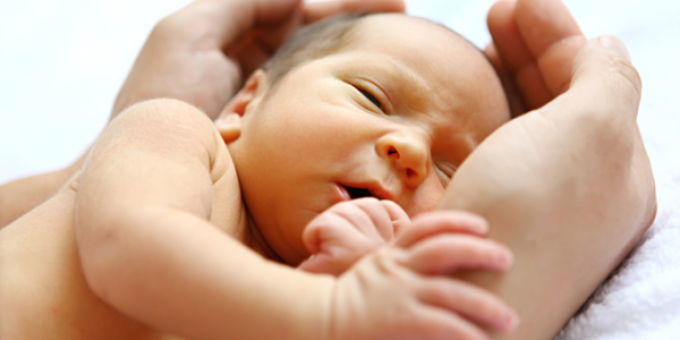 Preterm infants
Preterm infants - The development of anemia associated with iron deficiency in a premature baby is most commona pathology. Such children at birth have increased fetal hemoglobin, which is slowly replaced by an adult
- . If the term for a full-term child takes an average of 3-4 months, the preterm baby is stretched to the year
- . The newborn contains a large amount of iron, but in preterm infantsreutilization of iron is reduced. There is a withdrawal of this element with feces, which leads to its further deficiency
- A premature baby may develop early anemia, which develops from the 4th week of his life and in most cases favorably proceeds. The symptoms of early and late anemia are similar: pale skin and mucous membranes, decreased appetite, lethargy, dry skin, systolic murmur, increased liver and spleen size, tachycardia and hypochromia
IMPORTANT:iron deficiency in premature infants leads to the appearance of chronic hypoxia, thereby slowing the physical and mental development of the
Symptoms and causes, treatment of high hemoglobin in children
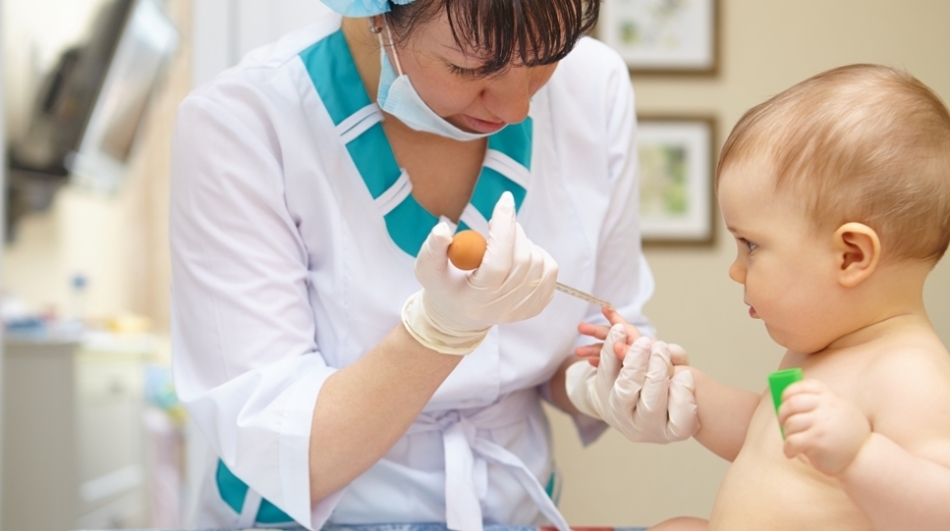 Delivery of analyzes for hemoglobin
Delivery of analyzes for hemoglobin High hemoglobin can speak about any disease of the internal organ. This involves a large production of red blood cells, aimed at providing the damaged area with oxygen. A large number of red blood cells leads to a thickening of the blood and a violation of its circulation.
Symptoms of of high hemoglobin: fatigue, lethargy, lack of appetite, drowsiness or insomnia, increased blood pressure, the appearance of bruises on the body
IMPORTANT: when these symptoms occur, consult a doctor to find out the cause of the increase in hemoglobin
. The reason for is high hemoglobin content in the bloodcan become such diseases as: congenital heart disease and heart failure, tumor processes in the circulatory system and oncological diseases in general, pulmonary fibrosisand pulmonary insufficiency, allergy, intestinal obstruction and increased erythropoietin content in the kidneys.
In addition to diseases, increasing the level of hemoglobin can cause thickening of the blood. In particular, this applies to newborns, so it is important to give a drink to a baby, especially in hot weather or a hot place.
IMPORTANT: monitor the hemoglobin content in the blood, passing an appropriate
analysis once a year. Treatment of high hemoglobin in children includes:
- medical examination for the diagnosis of cancer or blood disease and further appropriate treatment
- treatment procedure using leeches
- rationfood should consist of seafood, vegetables, fruits( except red), cereals, salads, cottage cheese and beans. Exclude meat, liver, as well as high cholesterol-containing foods
If no disease or pathology is found during the examination, treat high hemoglobin with medicines not allowed. In this case, to reduce the level of hemoglobin to the norm will help only abundant drink, a balanced diet and fresh air.
Symptoms of low hemoglobin in children
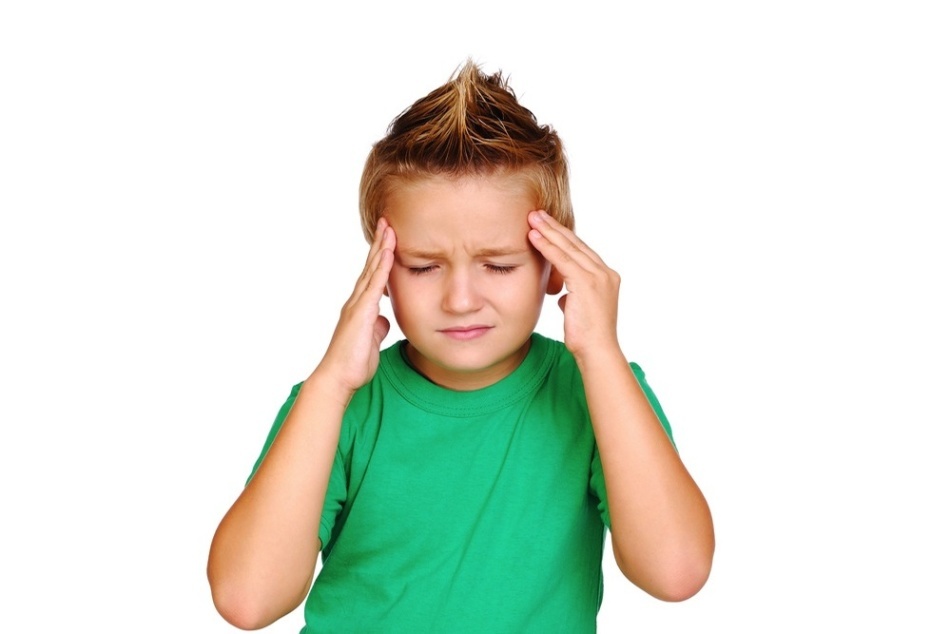 Vertigo in a child
Vertigo in a child A low level of hemoglobin leads to a decrease in the functionality of the body due to lack of oxygen. The disease does not appear for a long time, it can be noticed if it deviates from the normal state of the child. The main symptom of decreased hemoglobin is a violation in the immune system( the child is prone to seasonal diseases).
- Paleness of the skin
- Dryness of the mucous membranes
- Instability of the chair
- Drowsiness and fatigue
- Irritability and moodiness
- Thermoregulation disorder
- Frequent dizziness - also symptoms of low hemoglobin
What causes a decrease in hemoglobin in children? Causes of
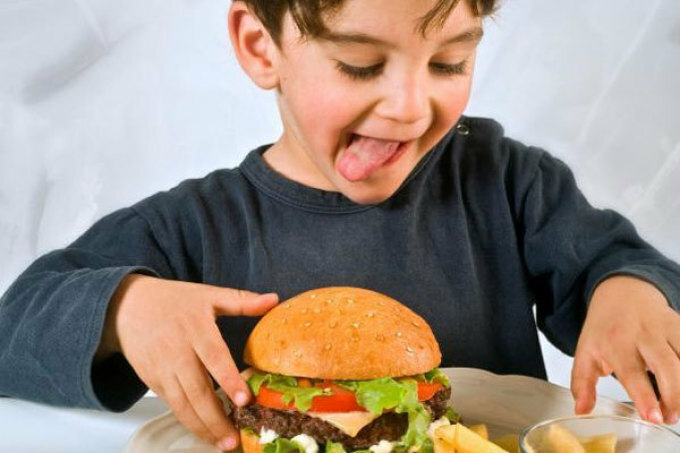 Unbalanced diet
Unbalanced diet The causes of of decreased hemoglobin in a child can be all kinds, so several types of anemia are identified:
- resulting from injuries and blood loss( acute anemia)
- with nosebleeds( chronic anemia)
- manifested as a consequence of iron deficiency( iron deficiency anemia)
- developing under the influence of toxins or lack of enzymes, as well as in the development of autoimmune diseases and hemolytic jaundice( hemolytic anemia)
C causeswe should include:
- lack of vitamin B12, folic acid or copper
- active growth of the child exceeding the normal parameters
- unbalanced nutrition
- early weaning from the mother's breast( iron is contained in breast milk and digested by it helps the protein lactoferrin, so weaning then breastfeeding or stopping lactationleads to a decrease in hemoglobin)
- dysbacteriosis( any disruption of the intestine affects the absorption by the body of vitamins, macro- and microelements, including iron)
- of heredityь
Insufficient intake of iron during pregnancy from mother to child and heavy bleeding during fetal pregnancy increase the risk of a baby with a low hemoglobin.
Products that increase hemoglobin
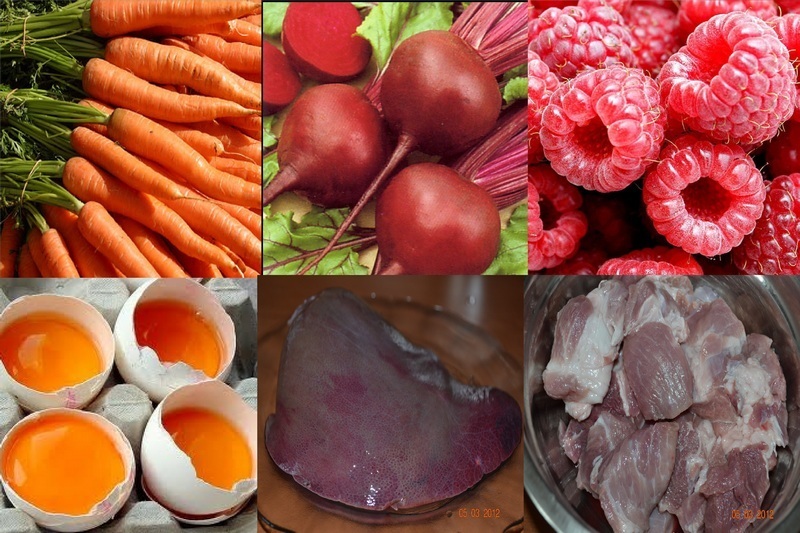 Products that increase hemoglobin
Products that increase hemoglobin The diet of a baby with low hemoglobin should include iron-containing foods, and such as trace elements like copper and manganese:
- Egg yolks
- Beef and pork liver
- Turkey
- Pulses( peas, beans)
- Walnuts
- Beets, pumpkins, carrots, tomatoes, potatoes and spinach
- Pomegranate, apricots, apples, bananas, peaches, grapes, plums
- Greens
- Buckwheat, oatmeal
- Dried fruits
- Briar
- Mcoarse ground
Heat treatment does not affect the content of iron in foods, so you can drink your child and compote, and feed the baked fruit. With the exception of black tea and cereals,they block the absorption of iron.
IMPORTANT: with reduced hemoglobin, vegetarianism is strictly forbidden
Medications and preparations for hemoglobin normalization in children
 Use of iron-containing preparations
Use of iron-containing preparations Proper nutrition may not be enough to normalize hemoglobin, therefore medication is often prescribed. Medicines and preparations are selected by the doctor individually for each child, depending on the degree of the disease. Duration of treatment from 3 to 6 months.
Iron-containing preparations:
- Sorbifer Durules( contraindicated for children under 12 years old)
- Ferrum Lek( dosage is adjusted individually depending on body weight)
- Totem( applied from 3 months)
- Ferretab, Iron Gluconate, Feronat, Aktiferrin Compositum, Maltofer, Ferronal, Tardiferon, Ferrograd S and others.
In order to avoid problems with hemoglobin, it is important for parents, when symptoms develop, to consult a doctor in a timely manner and to examine their child. But first of all, of course, starting with the intrauterine life of the baby, enrich his body with enough iron. To do this, you need to eat properly and consume vitamins.
